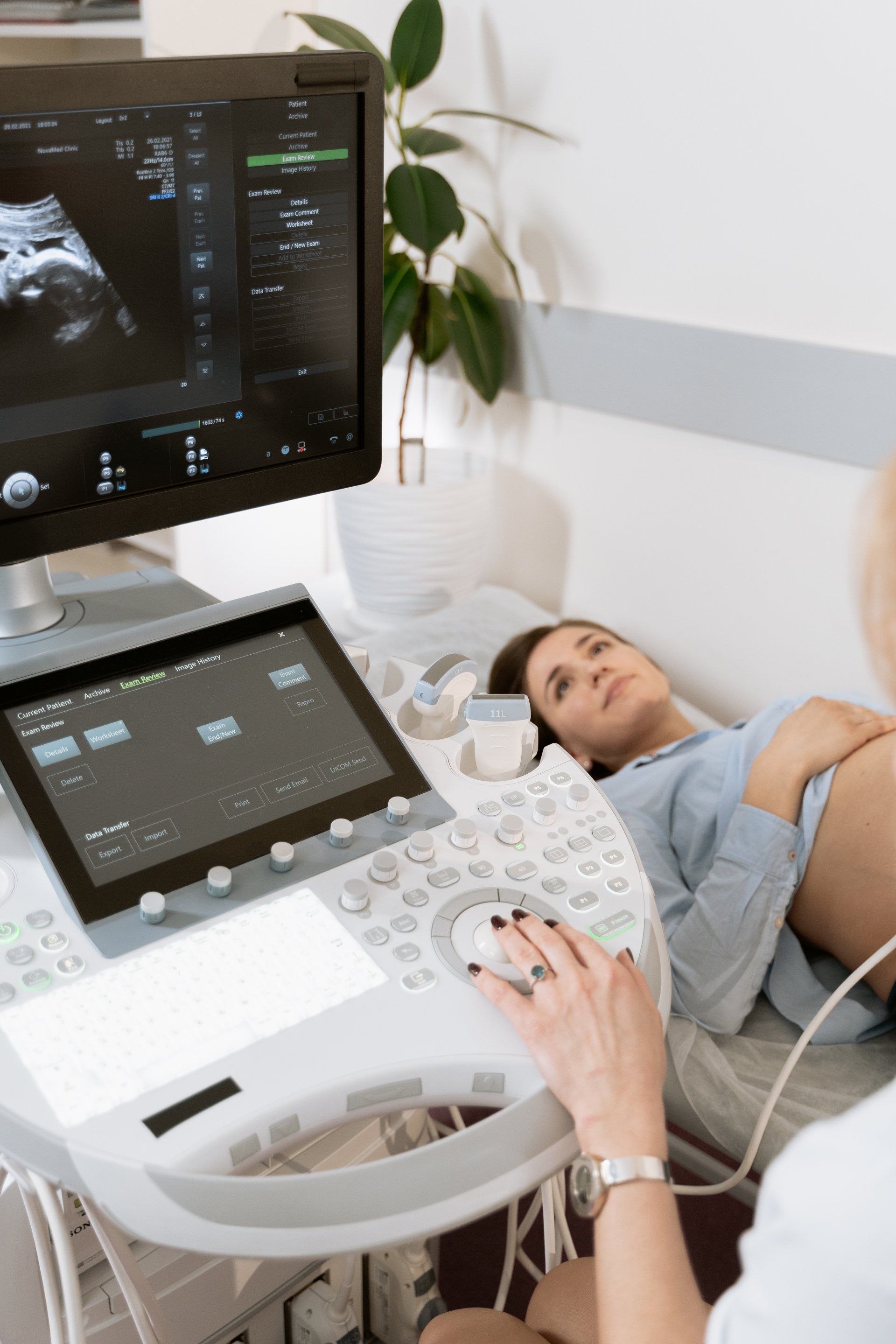What Can Patients Safely Do After My IUD Insertion Appointment?
The insertion of an intrauterine device or IUD is a medical procedure and requires a doctor’s appointment, so it is understandable that you might be concerned about what comes next. Whether it is a hormonal IUD or the Flexi-T copper IUD women often get, this is true.
Once the IUD insertion is complete, you should keep a few things in mind. You’ll want to consider what activities you can do and how you might feel after your insertion appointment.
What Is IUD Insertion Like?
IUD insertion is a quick and easy process. Women tend to experience this appointment in different ways, though. The appointment will likely start with a review of your medical history. Then, your healthcare provider will do a physical exam.
Before the IUD insertion, the provider will check the uterus and ovaries for any abnormalities that might affect the IUD and your ability to tolerate it. If everything is okay, they will do the insertion using a speculum and a special tool. The speculum opens the walls of the vagina, and the tool inserts the IUD into the uterus through the cervix.The body content of your post goes here. To edit this text, click on it and delete this default text and start typing your own or paste your own from a different source.
During the appointment, some women feel pressure and cramping. About 70 percent of women state they experience discomfort during their appointment. For others, there is no pain. The procedure takes just a few minutes, so anything you feel will be short-lived.
What to Expect After the IUD Insertion
With the IUD in place, the healthcare provider will review the aftercare procedure with you. Having someone there to drive you home from the office might be wise. You might feel crampy. It is different for every woman. According to one study, 77 percent of women who have not had a child have cramping after their IUD insertion appointment.
You can expect some light bleeding after IUD insertion, as well. Not every woman experiences spotting, but it is possible. Consider bringing a pad to protect your clothes, just in case.
If you decide to return to work or your everyday activities, you should avoid anything strenuous, including exercise for at least 24 hours. There is a slight chance the IUD will come out or move out of place in the first 24 hours.
You’ll also want to avoid inserting anything into the vagina for two days. This includes tampons and water from a bath or swimming. You should also not have sex during the first 48 hours.
Check the Positioning
During your appointment, the medical staff will advise you to check the positioning of the IUD to ensure it is in the right place. You should do this a few days after insertion. Do not do it in the first 48 hours, or you may displace it.
Put your fingers inside your vagina and feel for a soft mass. This is the cervix. IUDs have strings attached to them that help you monitor their position. They are also there to assist the healthcare provider in removing the device when the time comes.
You should be able to feel the strings with your fingers. If you can’t, it may be out of place. You should contact your physician if you cannot feel the strings. They will be able to check to ensure the device is in the right place or remove it and insert a new one to ensure you have proper birth control.
You should also check for the strings every once in a while to make sure your IUD is protecting you from pregnancy. If you can’t find the strings at any point, you should assume you don’t have contraception and use another form of birth control.
Of course, the health care provider will provide you a detailed overview of what you should expect post insertion.
Things to Keep In Mind After Your IUD Insertion Procedure
An IUD is one of the best forms of birth control available, and a copper IUD offers protection without significant side effects. Since a copper IUD does not rely on hormones to control ovulation, you do not experience side effects like bloating, weight gain, and moodiness.
You may continue to have some minor cramping during and after the appointment, but it should pass. However, it takes your body some time to get used to the device. If you don’t feel well, start heavy bleeding after IUD insertion, or run a fever, contact your healthcare provider immediately to make an appointment.
For many women, though, the copper IUD offers them high protection against pregnancy. The insertion procedure takes just minutes, but you may feel crampy and tired afterward. Although you can return to normal activities, resting for the day might be a good idea.
You should wait at least 48 hours after the IUD appointment to have sex or insert anything into the vagina. That means no tampon use, no swimming or bathing of any kind. If you feel up to it after that 48 hours, you can begin having sex again.
While light bleeding after IUD insertion is a possible side effect, being informed about aftercare instructions and taking necessary precautions contribute to a positive post-insertion experience, allowing you to confidently enjoy the benefits of your Flexi-T IUD.
Find out more about copper IUDs by visiting our Flexi-T website today.







